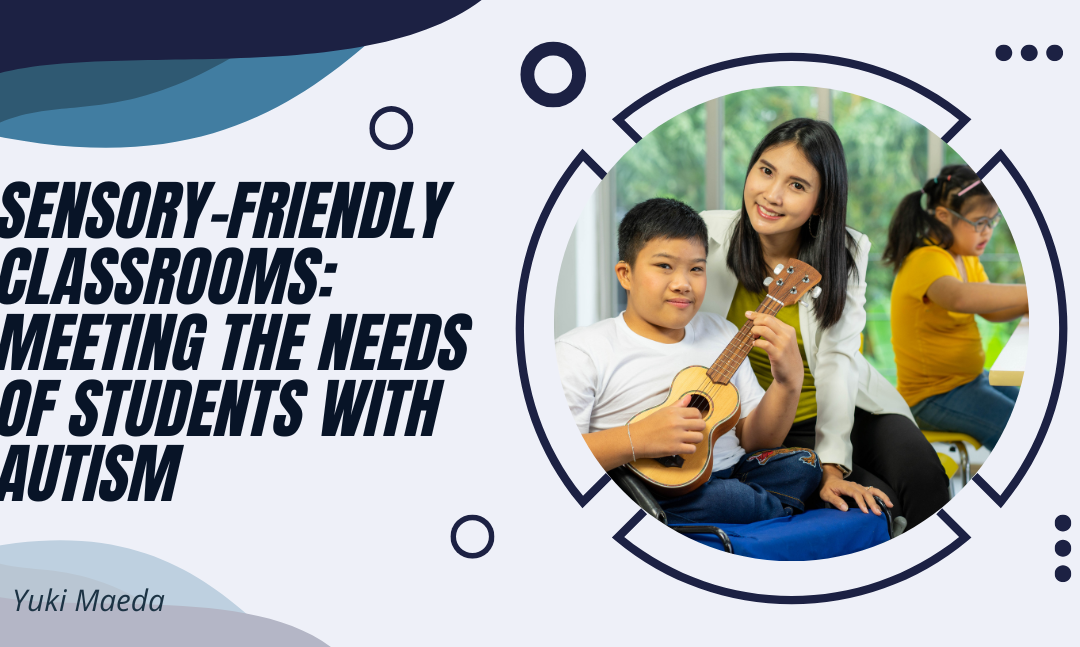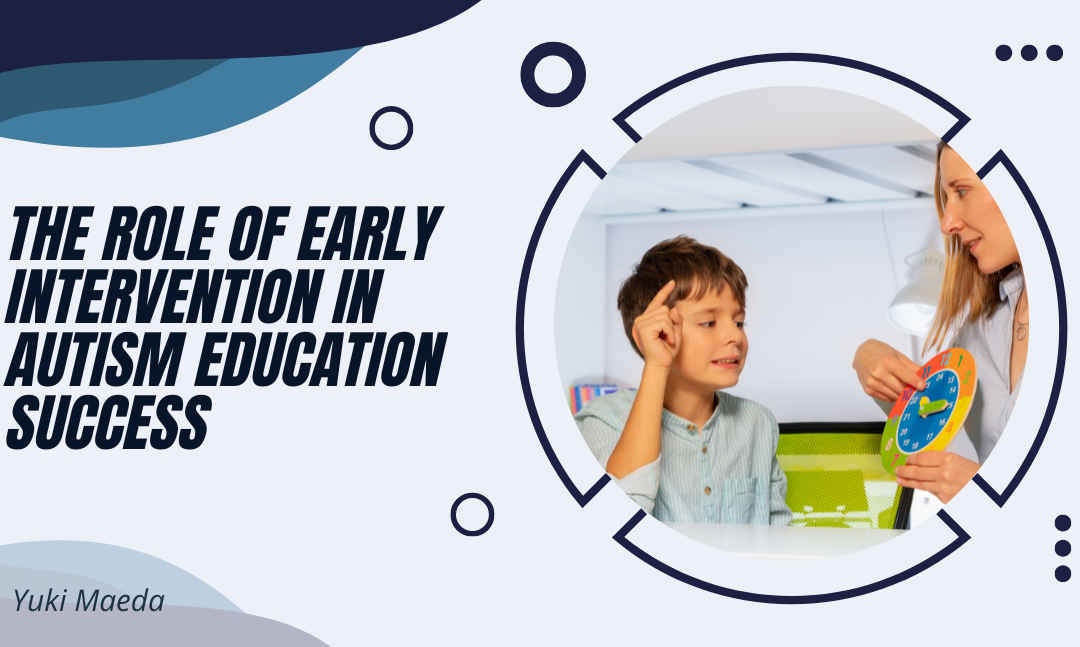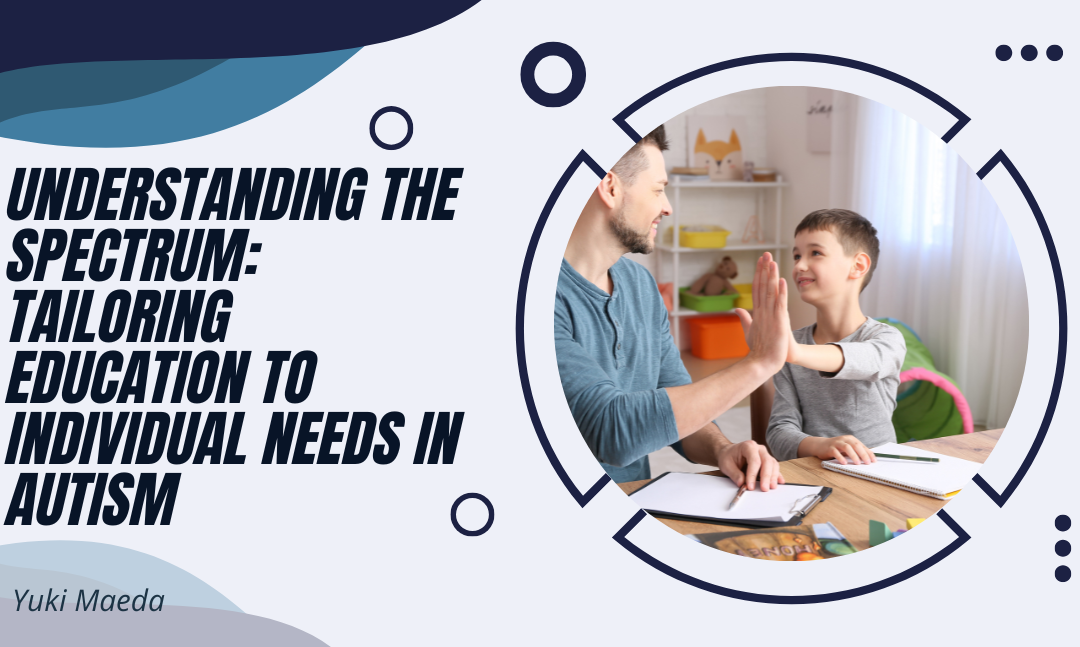
Social Skills Training in the Classroom: Best Practices for Students with ASD
Social skills are an essential part of a student’s overall development, and for learners with autism spectrum disorder (ASD), structured training in this area can significantly enhance their ability to interact, communicate, and thrive in both academic and social...

Sensory-Friendly Classrooms: Meeting the Needs of Students with Autism
Creating inclusive educational environments means recognizing and responding to the diverse needs of all learners, including those on the autism spectrum. One of the most crucial yet often overlooked components of this inclusivity is sensory support. Many students...

The Role of Early Intervention in Autism Education Success
Early intervention plays a pivotal role in shaping the developmental trajectory of children with autism spectrum disorder (ASD). Identifying and addressing developmental delays at a young age opens the door to significant progress in cognitive, social, and...

Designing Classrooms That Support Neurodiversity and Inclusion
As educational systems evolve to meet the diverse needs of all students, the importance of creating classrooms that support neurodiversity and inclusion has never been more evident. Neurodiversity refers to the natural variation in how human brains function,...

Understanding the Spectrum: Tailoring Education to Individual Needs in Autism
Autism Spectrum Disorder (ASD) is a complex and multifaceted condition that affects how individuals perceive the world and interact with others. As the term "spectrum" suggests, autism presents in a wide variety of forms and intensities, with each individual...
